A regular face mask won’t stop the coronavirus. An N95 respirator can help, but you need special training to learn how to use one, and they are most needed for health care workers.


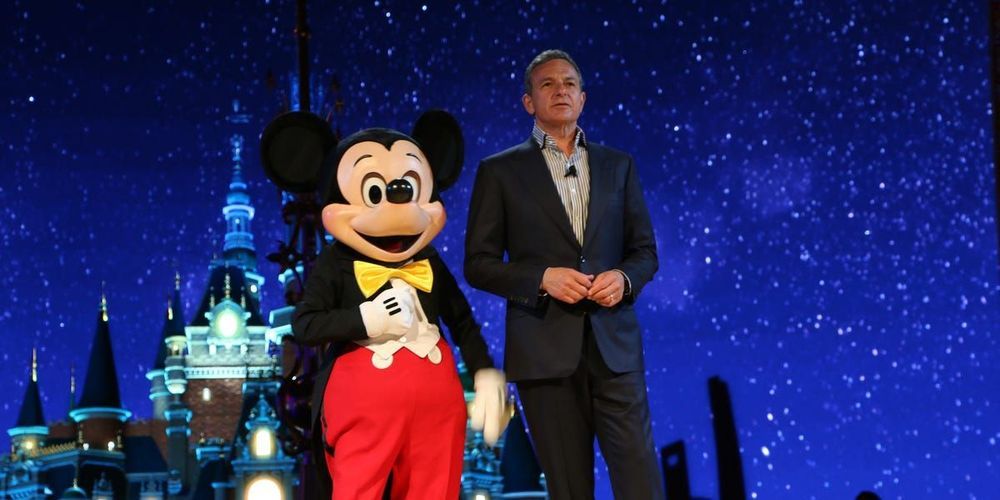

ROME – A Dutch start-up may have found a workaround for eco-conscious consumers struggling to give up meat: pork grown in a laboratory that doesn’t harm animals or damage the planet.
Meatable will this summer unveil its first pork prototype made entirely from cultured animal cells instead of from slaughtered animals, according to its CEO.

Uh oh…
Denver and Aurora police will no longer send an officer to take reports on low-level incidents in an effort to protect their staff from the new coronavirus.
Both departments are encouraging people to report crimes online if they don’t require an immediate response and if no one is in danger. The departments can then follow up with a phone call without risking exposure of officers or the person making the complaint to the virus. Aurora police leadership said they would not send officers to a call unless there is still a crime in progress or its a serious offense.
The Denver Police Department started preparing for COVID-19 more than a month ago and has contingency plans should a bulk of their force become infected, Chief Paul Pazen said. The department will have to prioritize calls as they come in if their staffing is severely impacted, he said. Officers will no longer respond in-person to reports of crimes like vandalism and low-level theft.
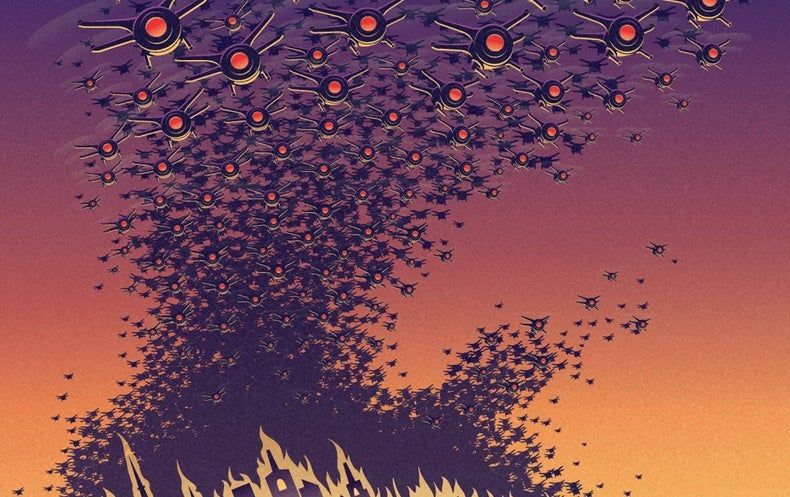
Ban Killer Robots
“Robotic weapons that target and destroy without human supervision are poised to start a revolution in warfare comparable to the invention of gunpowder or the atomic bomb. The prospect poses a dire threat to civilians—and could lead to some of the bleakest scenarios in which artificial intelligence runs amok. A prohibition on killer robots, akin to bans on chemical and biological weapons, is badly needed. But some major military powers oppose it.”
Weapons that kill enemies on their own threaten civilians and soldiers alike.
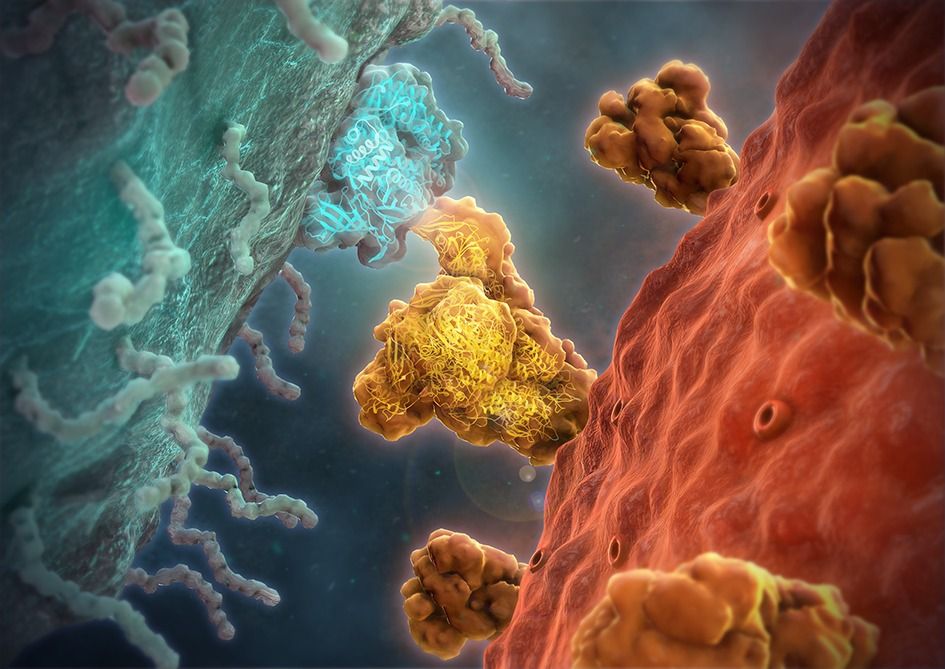

Simulations suggest that a relatively simple laser technique could produce femtosecond magnetic-field pulses, which currently are only available at a few major lab facilities.
See more in Physics
Click to Expand.
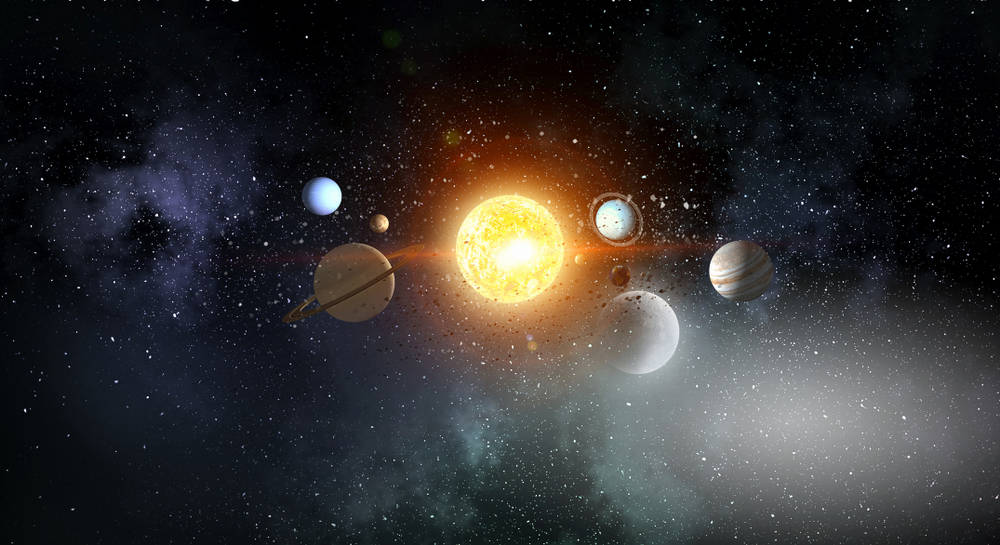
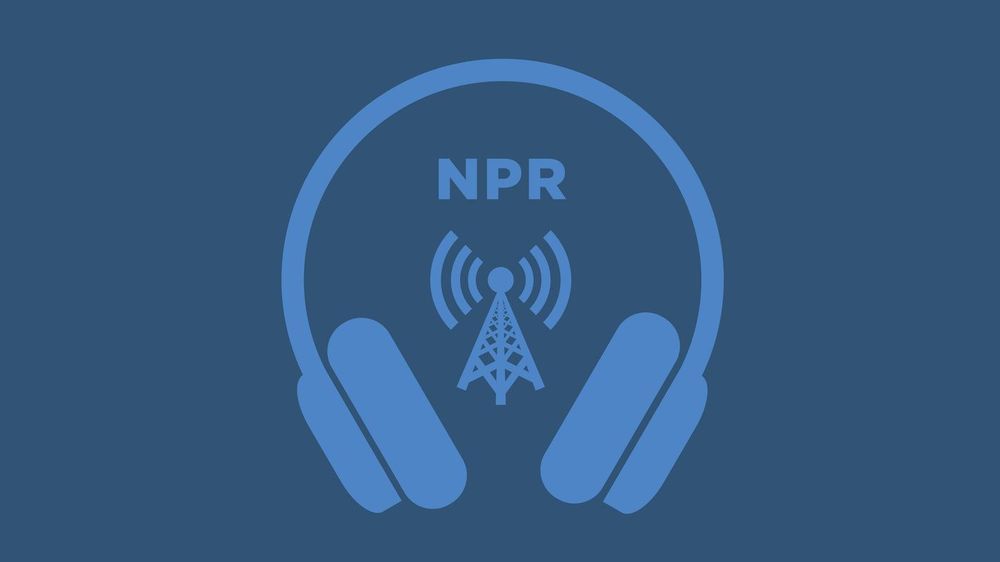
O.o circa 2019.
A scientist in Wisconsin has invented a bandage that uses an electrical field to speed up the time needed for a wound to heal. It could one day lead to treatments for baldness and obesity.
STEVE INSKEEP, HOST:
This next story reveals another of the wonders of electric power. A scientist in Wisconsin invented an electrical bandage, which speeds up the time it takes a wound to heal. This same approach, we’re told, may someday help overweight people shed pounds and bald people to grow new hair. Let’s plug in this story by NPR’s Joe Palca.

Google the word “jugaad,” and you’ll find a plethora of results, from simple dictionary definitions to advice that Western companies should adopt it as part of their practices. Jugaad — a colloquial Hindi, Bengali, and Punjab word — simply means “hack,” and captures the pervasive Indian spirit of finding a low-cost — and sometimes quite resourceful — solution to any problem. If this word doesn’t make one think of entrepreneurship, I don’t know what does.
Indeed, the small-scale biotech facilities scattered all across India, offering products with extremely high adoption rates such as microbial-based biofertilizers, capture the essence of jugaad. In India, finding solutions to the problems at hand is very natural, a way of life, essentially — and any solution, especially an economically sensible one, will be readily adopted. With such a pervasive ideal, India seems like the perfect setting for synthetic biology and biotech-based innovation.